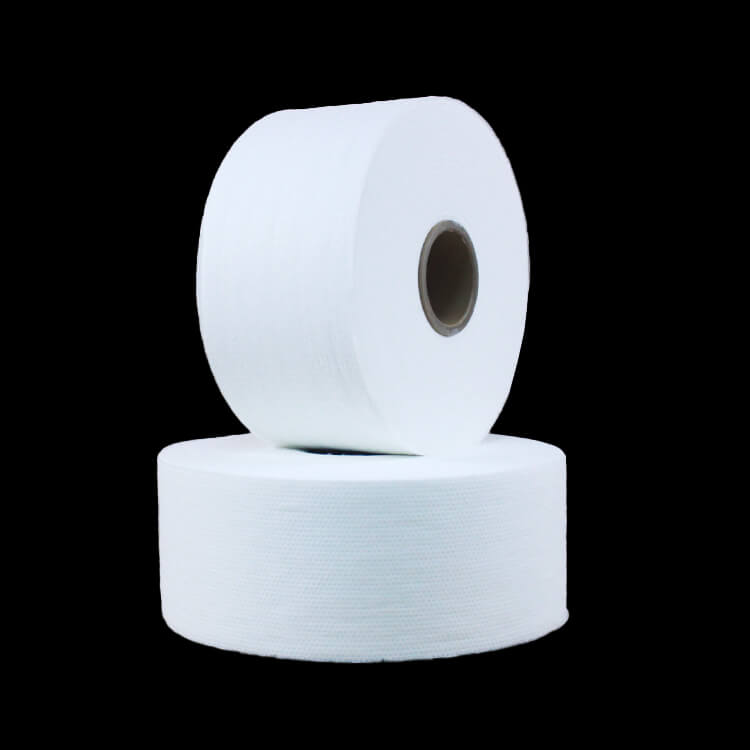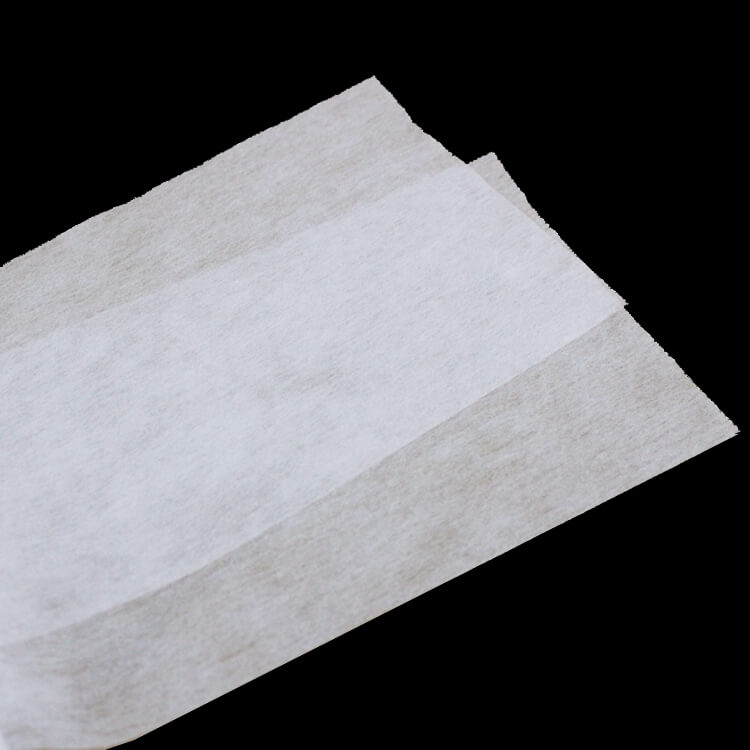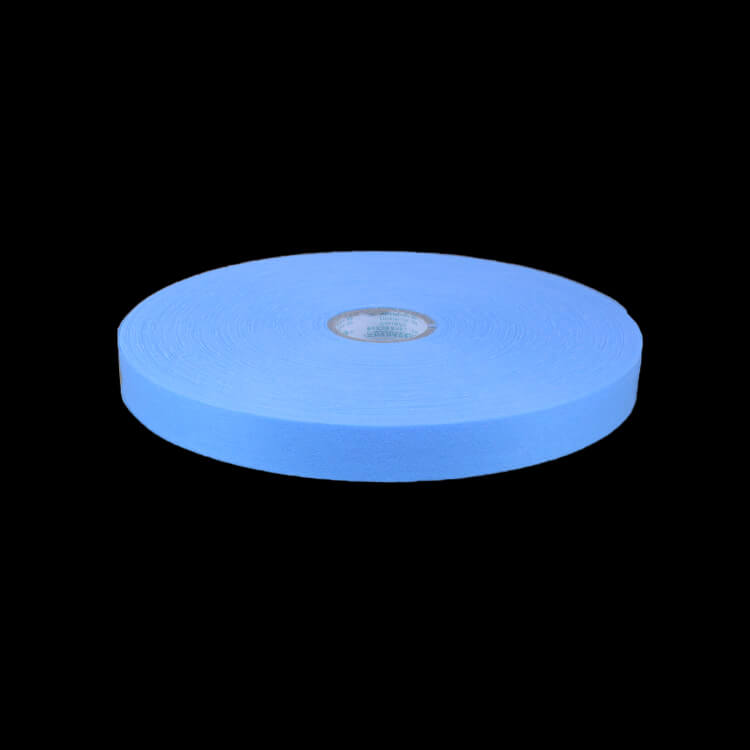Author:Baby & Adult Diaper Materials FROM:Diaper Materials Manufacturer TIME:2023-09-11
Exploring the Versatile World of Diaper Materials

Diapers are a necessity for infants and toddlers, providing comfort and convenience for both parents and babies. However, have you ever wondered what goes into making a diaper? In this article, we will delve into the versatile world of diaper materials, exploring the different components that make up these essential baby products. From absorbent cores to moisture barriers, we will discover the science behind creating a high-quality diaper.

The absorbent core is the heart of a diaper, responsible for locking in moisture and keeping the baby dry. Traditionally, the core was made of fluff pulp, a type of wood pulp that has excellent absorbency. Over the years, advancements in technology have led to the development of superabsorbent polymers (SAPs). SAPs have revolutionized the diaper industry, as they can absorb and retain several times their weight in liquid. These tiny crystals are mixed with the fluff pulp to create an ultra-absorbent core, ensuring that even the heaviest wetting won't result in leaks.
Another recent innovation in diaper materials is the use of natural fibers like bamboo and cotton in the absorbent core. These materials not only offer excellent absorbency but also provide a more eco-friendly alternative to traditional options. With a focus on sustainability, many diaper manufacturers are exploring the use of renewable and biodegradable materials to reduce ecological impact.

Diapers need effective moisture barriers to prevent leaks and keep the baby's skin dry. The most common material used for this purpose is polyethylene, a waterproof plastic. This thin layer is applied to the outside of the diaper, preventing any liquid from seeping through. However, concerns about the environmental impact of plastics have prompted research into more sustainable alternatives. Some diaper companies have started using bio-based polymers, which are derived from renewable resources like cornstarch or sugarcane. These bio-based barriers offer the same level of protection as traditional ones while reducing dependence on fossil fuels.
In addition to the outer moisture barrier, many diapers also feature an inner liner made of nonwoven fabric. This soft material wicks away moisture from the baby's skin, keeping them feeling dry and comfortable. Nonwoven fabrics are manufactured by bonding fibers together using heat, chemicals, or mechanical processes. They provide excellent breathability and are gentle on delicate baby skin.
Closures play a crucial role in ensuring a snug and secure fit for the diaper. Most modern diapers use resealable tape tabs or adhesive fasteners to keep the diaper in place. These closures are typically made of plastic and provide a reliable seal that can be adjusted for a customized fit. However, some diaper manufacturers are exploring more eco-friendly options, such as plant-based hook and loop fasteners or biodegradable tapes.
Comfort is also a top priority when it comes to diaper design. Elastic leg cuffs and waistbands are commonly used to provide a snug yet comfortable fit. These elastic materials are often made from a blend of synthetic fibers like spandex and natural fibers like cotton. The combination of elasticity and softness ensures that the diaper moves with the baby's body without causing irritation or discomfort.
The world of diaper materials is continuously evolving and adapting to meet the changing needs of babies and their caregivers. From innovations in absorbent cores to more sustainable moisture barriers and closures, diaper manufacturers are committed to providing high-performance products that prioritize the well-being of both babies and the environment. As technology advances and consumer demand for eco-friendly options grows, we can expect even more exciting developments in the versatile world of diaper materials.

 Email: info@whldiapernonwoven.com
Email: info@whldiapernonwoven.com
 MP/WhatsApp: +86-13599937366
MP/WhatsApp: +86-13599937366
 Manufacturer Address:Room 1105B, Bld M1, Manhattan, Yulongwan, Shimao, Shuanglong Road, Meiling Street, Jinjiang, Fujian, China
Manufacturer Address:Room 1105B, Bld M1, Manhattan, Yulongwan, Shimao, Shuanglong Road, Meiling Street, Jinjiang, Fujian, China